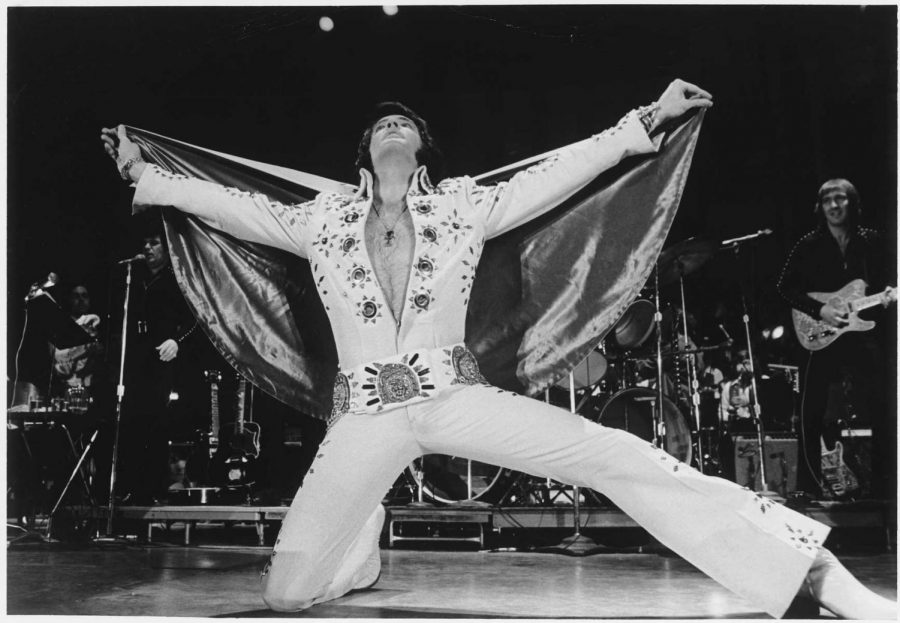The Evolution of Rock
Rock music is one of the most popular genres in the world. There have been many changes to rock music due to technological advances such as digital recording and better tone guitars in the last 80 years. Beginning in the 1930s and 1940s, folk music blues from African-American culture pioneered the concept of modern-day rock. Over the years, the rock genre has changed dramatically due to social changes and technological advances.
The status of rock can be traced all the way back to the 1930s with Huddie “Leadbelly” Ledbetter. He was a blues singer that produced famous ballads influenced by his ancestors as slaves. She was one of the first singers to use the 12-string guitar in blues. Robert Johnson was relatively unknown until after his death. He pioneered the way to play guitar. With songs like “Crossroad Blues” and “I Believe I’ll Dust My Room,” Johnson became a 40s hit after people realized what he had done to the genre of blues.
In the 1950s and 1960s, it is important to realize that rock and roll was a brand new genre entering the music scene. Jazz and country were still dominating the industry. In 1956, Elvis Presley released “Hound Dog” and Chuck Berry released “Johnny B. Goode.”
This sent out shockwaves into the mainstream of music. Teenagers went crazy for it. All throughout the late 50s and early 60s, Elvis would continue to shock the world with his controversial dance moves and super fast pace beats.
The 1960s was when rock really took its shape. Some say it was the best decade for the rock genre. Bands like The Yardbirds, The Rolling Stones, The Animals, and The Who all rushed onto the scene with loud drums, fuzzy guitars and iconic vocals that attracted young people all over the world.
None, however, could match the power and influence of the The Beatles. In 1962, The Beatles took off in Liverpool. After their initial success, they then decided to expand. They signed a record deal with Parlophone Records and began touring all over Germany and West Europe. A year later, they found themselves dominating the top 5 spots on the Billboard singles chart. This popularity is what allowed them to tour everywhere garnering large mobs of fans. The Beatles went everywhere from the Ed Sullivan Show to being the first band to play in a football stadium.
The late 1960s were special years for rock, not only for of the Beatles but for many other bands. In these years, The Doors released their debut album, which pioneered the Psychedelic Rock genre. Black Sabbath released Paranoid, which was tremendously controversial with record companies because of its dark and mysterious lyrics as well as the unusually heavy guitar for the time, this pioneered the Metal Genre.
Pink Floyd released their debut album, which pioneered Dream and Soft Rock. The Rolling Stones were thriving with their RnB roots. Led Zeppelin released Led Zeppelin, which garnered lots of attention and fame.
After the Vietnam War, heavy drugs were making their way to the mainstream. Because many rock stars were taking hardcore drugs, many susceptible fans followed. The 70s was a continuation of the late 60s with rock bands claiming their fame and taking over the world as the most records sold by genre. Queen took over the music scene in Britain. Motörhead got their fame, The Who were making their way back into the limelight again. Pink Floyd was rapidly climbing up the charts. Elvis was on the decline though. The Beatles split up. In the late 70s, England began to dislike rock, a new genre emerged: punk. Punk was mainly an underground genre that did not see the light up until now. Bands like The Clash, The Ramones, and The Sex Pistols, all barged into the rock scene and shook things up for record companies, who favored traditional rock.
The 1980s and 1990s were excellent years for music as new bands were coming and rising. The 80s introduced hair metal, which is a whole other topic; it introduced thrash metal and even computerized music. When MTV came out with music videos to promote new bands, the whole music scene changed, mostly for the worse. People wanted to see bands live on TV.
MTV only played what people wanted them to. If bands looked pretty, they didn’t care what they sounded like. If they had one famous song, catchy chorus, and amazing hair, they would get their spot on MTV where they would air them until record companies let the artists go.
Poison and Whitesnake were bands plagued by a methodological method. This revolving door style of mainstream music made the more skillful, less pretty bands return to the underground scene again. This is where bands like Metallica, Slayer, Judas Priest, The Germs, and Nirvana rose to fame. People praised the metal and grunge movement after years of MTV’s in-and-out artists. For the good part of the 90s grunge took center stage of the music industry, right next to the declining of hair bands. After the suicide of Nirvana frontman, Kurt Cobain, The grunge era had begun to slow down and decline, but the influence would still live on.
The latter part of the 1990s was when rock music was beginning to pick up and improve again. In England, bands like Oasis, Radiohead, and Blur revolutionized the way we see rock and alternative music. In the United States, there were the Red Hot Chili Peppers and Pearl Jam, who took over the charts along with the Brits and set the stage for a new wave of rock that was rebellious like punk and grunge but intricate guitars like metal and hard rock.
Today’s rock is the result of the past 75 years and the influence of rock has settled fondly in younger generations; from Robert Johnson to the Red Hot Chili Peppers, the rock genre has always had a large spot in rock enthusiasts hearts.

Padraig Mee is a Junior at Cardinal Newman High School. Mee attends St. Patrick's Catholic Church. Mee plays bass guitar in Cardinal Newman's concert and...









